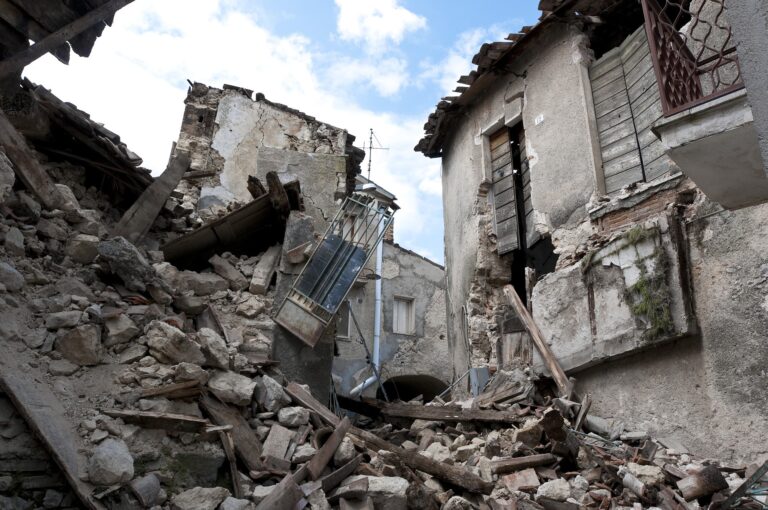Scientists have developed a method that they say will help them determine in real-time the strength of aftershocks following an earthquake.
The vast majority of earthquakes are followed by aftershocks that get progressively smaller. But in about 5-10% of cases the quake is followed by an aftershock larger than the original event.
A recent example was the 2016 Kumamoto earthquake in Japan where an initial quake of 6.2 magnitude was followed by a 7.0 magnitude aftershock.
Researchers from the Swiss Seismological Service have proposed a method for determining when an anomalous event like this will occur.
According to the research team of Laura Gulia and Stefan Weimer, the risk of an aftershock bigger than the main quake can be determined by paying attention to something called the Gutenberg-Richter law.
This is a law that expresses the relationship between magnitude and the total number of earthquakes in a geographical area at a particular time. According to the law, for example, for most places on Earth for every earthquake of magnitude 4 or larger there will be 10 quakes of magnitude 3 or larger and 100 quakes of magnitude 2 or larger.
The exact ratio of the magnitude distribution is arrived at using a parameter known as the ‘b-value’. Gulia and Weimer noted that the b-value usually rises during aftershocks but that occasionally it drops. They also noted that every time the b-value dropped it correlated with an aftershock larger than the original quake.
They spotted this correlation twice during their research – for the 2016 Kumamoto earthquakes and for the Amatrice-Norcia earthquakes in the northern Italian region of Umbria that struck the same year.
Gulia and Weimer, who published their findings in Nature, have also publicly released the computer code that they developed for their prediction method so that other seismologists can reuse it to test its validity when new earthquakes occur.



